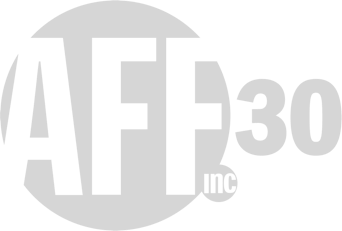Last Angel of History
Film
by John Akomfrah
Details
UK and Ghana / 1995 / 45mins / Documentary, Sci-fi / English
This film displays, in sci-fi drama/documentary fashion, an Afro-futurism and black unpopular culture. A computer hacker enters a Faustian pact in which he trades his soul for secrets of his future. Featuring interviews with Ishmael Reed, Goldie, George Clinton, Derrick May, DJ Spooky, Greg Tate, Carl Craig, and Juan Atkins.
Trailer
About the Director
John Akomfrah
John Akomfrah, OBE is widely recognized as one of the most influential figures of black British culture in the 1980s. An artist, lecturer, and writer as well as a filmmaker, his twenty-year body of work is among the most distinctive in the contemporary British art world, and his cultural influence continues today. Born in Accra, Ghana on 4 May 1957, John Akomfrah is one of five children of Ghanaian political activists. He was educated at local schools in West London and at Portsmouth Polytechnic, where he graduated in Sociology in 1982. Akomfrah is best known for his work with the London-based media workshop Black Audio Film Collective, which he co-founded in 1982 with the objectives of addressing issues of Black British identity and developing media forms appropriate to this subject matter. Akomfrah's work takes a deliberately questioning approach to documentary film. Besides making theatrical films, Akomfrah has directed many television programs. A critic as well as a filmmaker, he has written widely about African cinema. He has been a member of the Arts Council Film Committee, and a BFI Governor. He was appointed Officer of the Order of the British Empire (OBE) in the 2008 New Year Honours. In March 2012 he was awarded the European Cultural Foundation's Princess Margriet Award. In 2015, Akomfrah premiered his three-screen film installation Vertigo Sea (2015), which explores what Ralph Waldo Emerson calls ‘the sublime seas’. In 2017, Akomfrah presented his largest film installation to date, Purple (2017), at the Barbican in London, co-commissioned by Bildmuseet Umeå. Learn More

